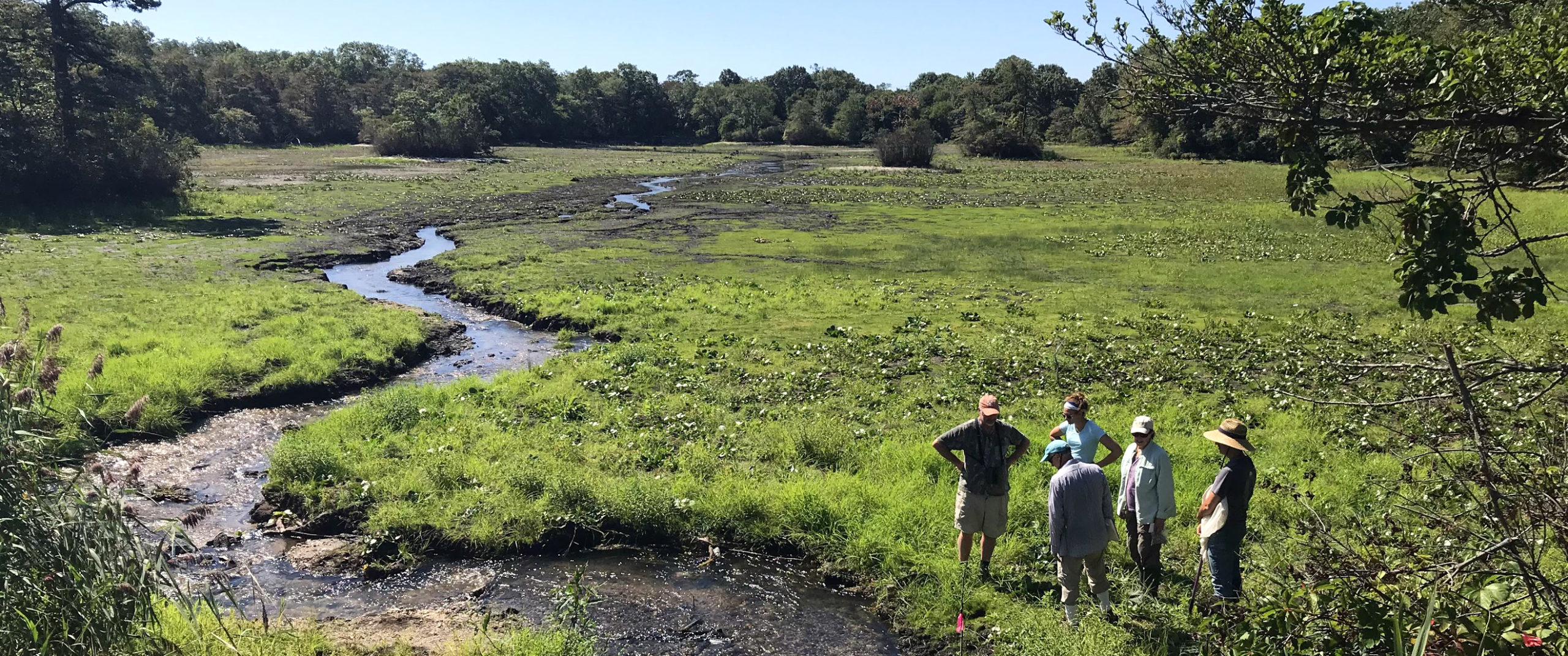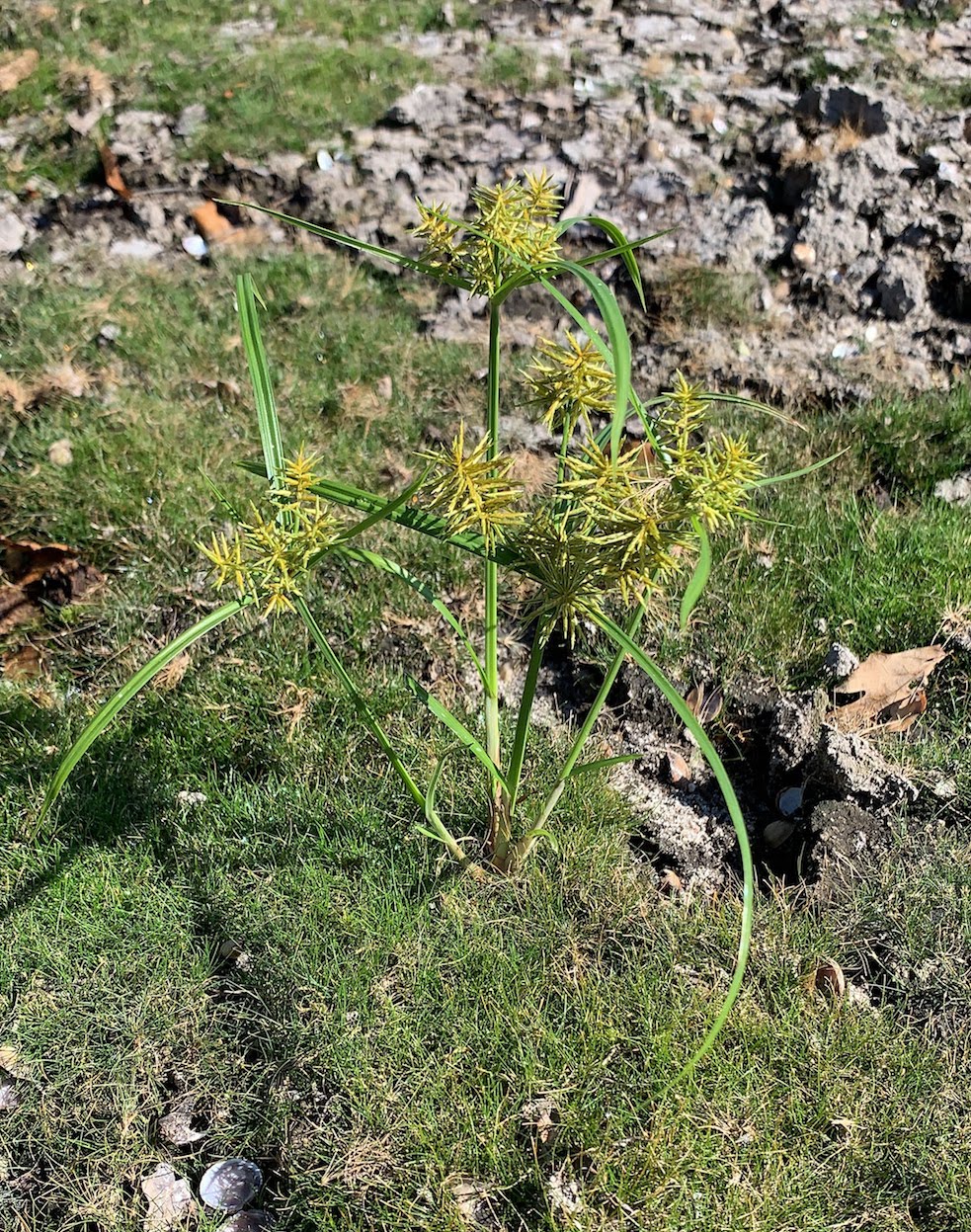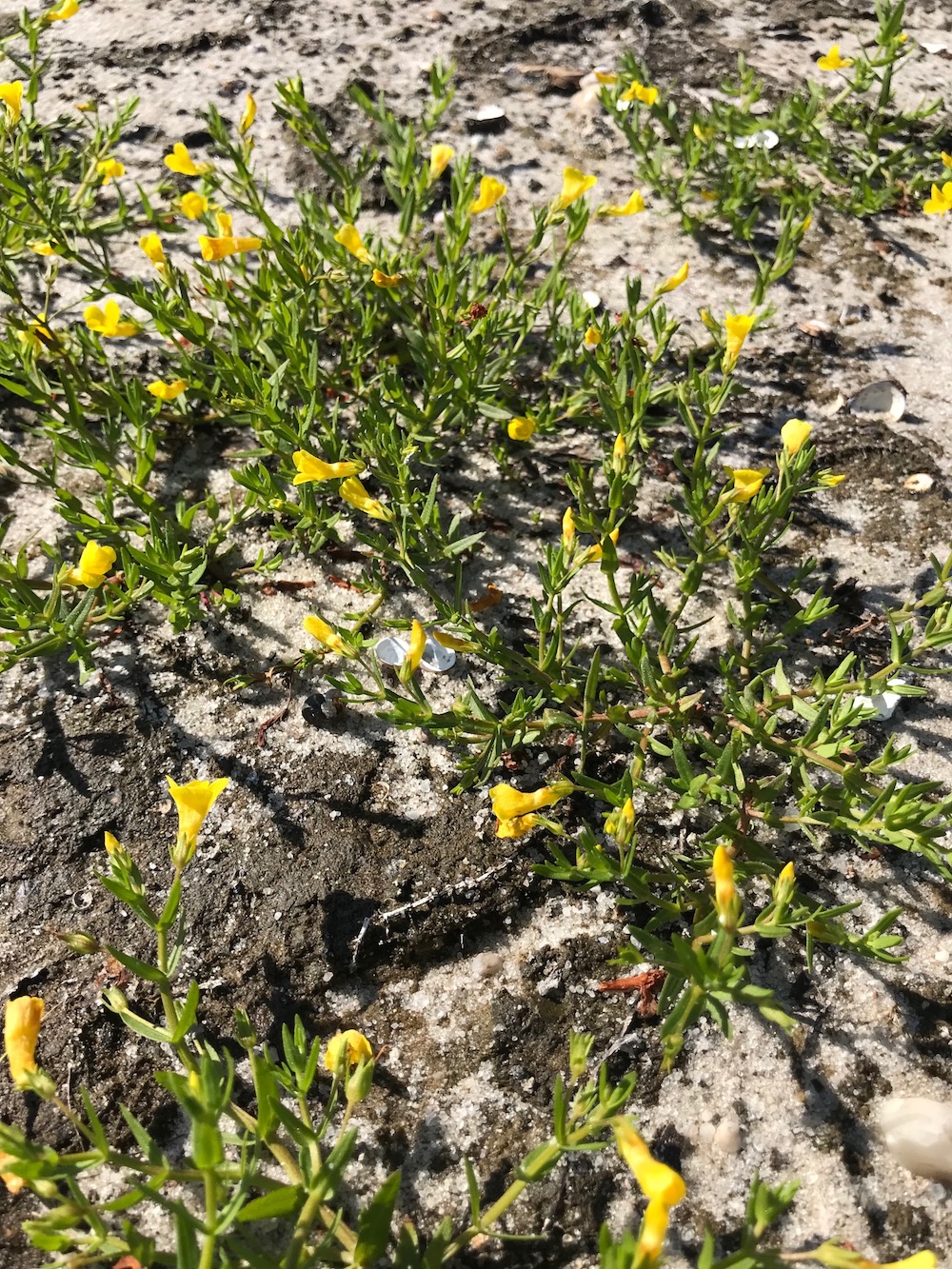West Brook Surveys
Botanical Surveys
The draining of the impoundment on West Brook between Sunrise and Montauk Highways (formerly known as West Brook Pond) created a unique opportunity to study the evolution of the site as the stream reverts to its original course and the site of the former pond revegetates. Seatuck and the Long Island Botanical Society have conducted plant survey of the site, first on August 30, 2019 and more recently on . The following is the report we submitted to the New York State Office of Parks and Recreation
September 5, 2019
George Gorman, Regional Director
NYSOPR, Long Island Region
625 Belmont Ave
West Babylon, NY 11704
RE: West Brook Botanical Survey
Dear Director Gorman:
Seatuck staff recently visited the former West Brook Pond site with members of the Long Island Botanical Society (LIBS) to conduct a plant survey. The survey was led by Eric Lamont, John Potente and John Turner. The list of plants generated during the survey is attached.
Our overall impression is that the formerly flooded site is revegetating naturally into high quality “riverside marsh” habitat, which is relatively rare on Long Island, and perhaps in New York. It is already hosting an impressive diversity of native plants and animals, including many insects (e.g., twelve-spotted skimmer, black saddlebags skimmer and red-spotted purple butterfly) and birds (e.g., semipalmated plover, spotted sandpiper and least sandpiper).
The native plants returning to the site are dominated by numerous sedge meadow species, including several species of Cyperus (flatsedge), Eleocharis (spike-rush) and Scirpus (bulrush). Not only is this overall habitat type rare, but there may also be several rare New York plant species on the site. We were unable to confirm the identification of these species upon our initial review (as indicated in the plant list below) and therefore urge that more detailed identification efforts are undertaken before any decisions are made about the site’s future. We request that Parks engage the New York Natural Heritage Program to conduct an analysis of the emerging vegetation and habitat at the site.
Further, we also noted that the site contains, as expected, several species of invasive plants. This potentially includeswatermilfoil (Myriophyllum variable), which should be positively identified and removed as soon as possible.
The site is also threatened by a stand of phragmites (Phragmites australis) on its northern end. This stand is still relatively small and manageable and should also be addressed as soon as possible, especially since the seed heads will be maturing in the coming weeks and sending seeds across the fertile site of the former impoundment.
Seatuck is willing to assist Parks in addressing this immediate threat from the phragmites; we can organize a team of volunteers to cut, bag and remove the seed heads before they mature. Addressing this small stand now is an important step in preventing the spread of phragmites across the site, especially since there are few other upstream stands to act as a seed source. However, the window on this opportunity is closing quickly; please let us know as soon as possible when we can move forward with this effort.
More than ever, we remain convinced that it would be a mistake for Parks to repair the West Brook Pond dam and flood this valuable site. We are confident that the riparian areas, as they continue to mature, will increasingly provide regionally-important habitat for native and potentially rare species of plants and animals. Further, as sea levels rise in the coming years and decades, the site is also likely to be colonized by brackish tolerant species. It even has the potential to eventually provide upland acreage for the establishment of new salt marsh habitat.
Very truly yours,
Enrico Nardone, Executive Director
John Turner, Sr. Conservation Policy Advocate
Maureen Dunn, Water Quality Scientist
Emily Hall, Conservation Policy Advocate

Plant Survey Report
Location: Site of Former West Brook Pond—Bayard-Cutting State Park, Great River, NY
Date: August 30, 2019
Surveyors: Long Island Botanical Survey and Seatuck Environmental Association
Freshwater Streamside Marsh:
Bidens sp. (beggar ticks) [possibly 2 species present]
Boehmeria cylindrica (false nettle) Chamaecyparis thyoides (Atlantic white cedar) [S2*-Threatened; 100-year old stumps in marsh and live trees adjacent to marsh]
Cyperus dentatus (toothed flat sedge)[ID needs to be verified]
Cyperus strigosus (false yellow nut sedge) [ID needs to be verified]
Cyperus sp. #3 [spiklets flattened; ID needs to be verified; if C. flavescens = S1*]
Cyperus sp. #4 [spiklets in a dense globose head; ID needs to be verified; possibly rare species]
Digitaria sp. (crabgrass) [ID needs to be verified; probably D. ischaemum or D. sanguinalis]
Echinochloa sp. (barnyard grass)[probably E. crus-galli (non-native) or E. walteri (native)]
Eleocharis obtusa var. obtusa (blunt spike rush) Eleocharis parvula (salt-loving spike rush) [ID needs to be verified]
Erechtites hieraciifolius (common pilewort) Gratiola aurea (golden hedge hyssop)
Hypericum mutilum ssp. mutilum (dwarf St. John’s wort)
Hypericum virginicum (Virginia marsh St. John’s wort)
Impatiens capensis (spotted jewelweed, spotted touch-me-not)
Juncus canadensis (Canada rush) Leersia oryzoides (rice cut grass)
Lindernia dubia var. anagallidea (long-stalked false pimpernel) Ludwigia palustris (water purslane)
Myriophyllum sp. (watermilfoil) [ID needs to be verified; possibly invasive**]
Nuphar advena ssp. advena (intertidal yellow pond lily, intertidal spatter dock)
Nymphaea odorata ssp. odorata (fragrant white water lily)
Persicaria hydropiperoides (mild water pepper) [fls white; ID needs to be verified]
Persicaria spp. (smartweeds) [possibly 2 or 3 species; ID needs to be verified]
Pluchea odorata (saltmarsh fleabane)
Populus tremuloides (trembling aspen, quaking aspen) [seedlings]
Proserpinaca pectinata (comb-leaved mermaid weed) [S2*; ID needs to be verified]
Rorippa palustris ssp. palustris (marsh yellow cress) [ID needs to be verified]
Salix nigra (black willow) [seedlings]
Schoenoplectus/Scirpus spp. [possibly 2 species present; ID needs to be verified; maybe Schoenoplectiella?]
Solanum nigrum ssp. nigrum (black nightshade)
Typha angustifolia (narrow-leaved cattail)
Inlet at north end (Rte. 27A):
Vallisneria americana (water celery, tape grass)
“Upland” edge of marsh (West Side):
Acer rubrum var. rubrum (common red maple)
Alnus serrulata (smooth alder)
Carex stricta (tussock sedge)
Cephalanthus occidentalis(buttonbush)
Clethra alnifolia (coastal sweet pepperbush)
Decodon verticillatus (water willow, swamp loosestrife)
Lyonia ligustrina var. ligustrina(maleberry)
Nyssa sylvatica (tupelo, blackgum, sourgum)
Panicum capillare ssp. capillare(common witch grass)
Scutellaria lateriflora (mad dog skullcap)
Vaccinium corymbosum (highbush blueberry)
Vitis labrusca (fox grape)
Notes:
* S1 and S2 notations refer to the plant’s state rank as determined by the NY Natural Heritage Program; the rankings reflect the plant’s rarity within New York State, as follows:
S1 – Typically 5 or fewer occurrences, very few remaining individuals, acres, or miles of stream, or some factor of its biology making it especially vulnerable in New York State.
S2 – Typically 6 to 20 occurrences, few remaining individuals, acres, or miles of stream, or factors demonstrably making it very vulnerable in New York State.
** Myriophyllum variable was listed as occurring at this site in New York iMapInvasives on June 20, 2019.



Join our Newsletter
Stay up-to-date about the latest wildlife conservation news. Sign up for our free e-newsletter today!
